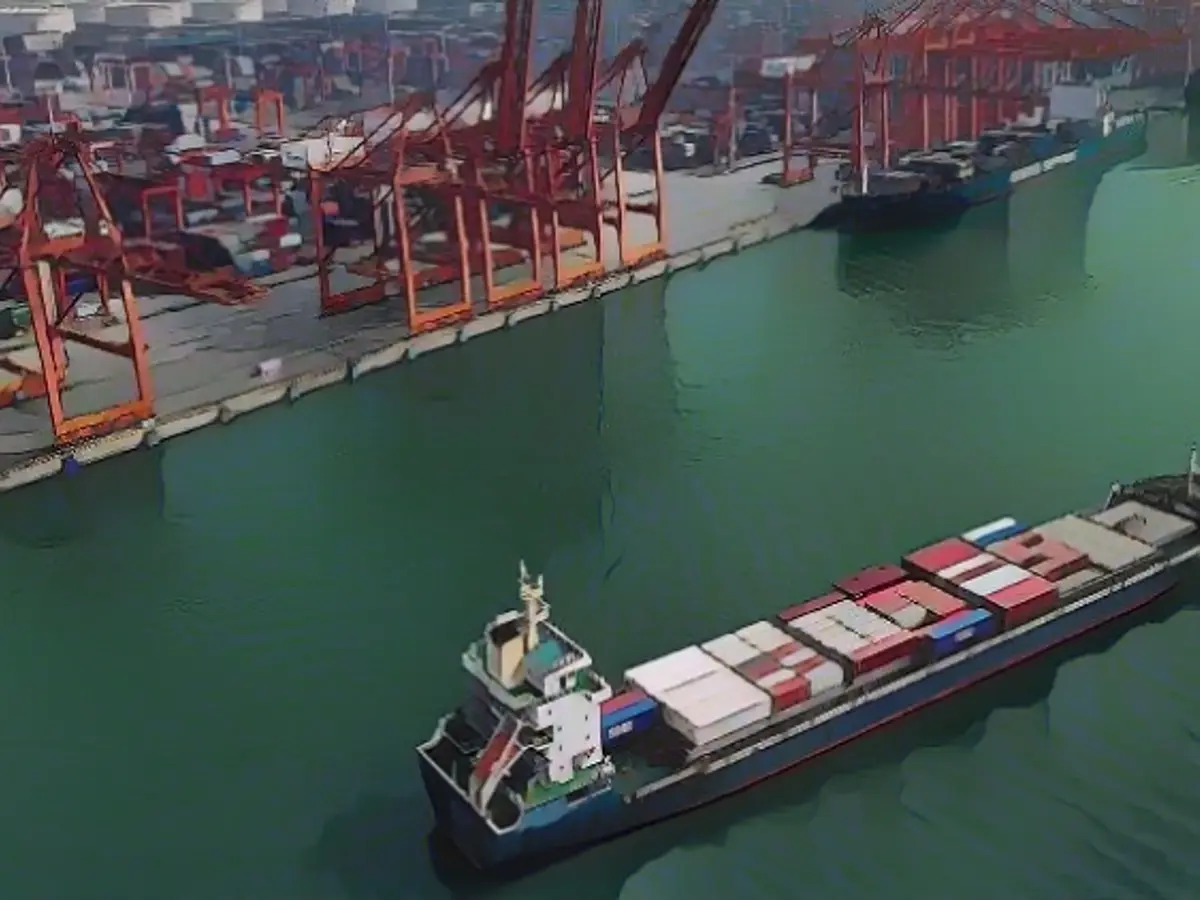Eurozone Economic Slump in Q4 2024
The economy of the Eurozone is currently in a rut, with ‘stagnant’ GDP in the last quarter of 2024 - the first lackluster performance since Q4 2023. This dismal outcome, marked by zero growth, fell short of the anticipated 0.1% upswing predicted by financial analysts.[1][3][5]
To delve deeper into the economic conundrum, let's explore the contributing factors and corresponding outlook for the region.
The Causes
The Eurozone's economy is being strained by a few nagging predicaments:
- Political Instability: The political turmoil in powerhouses like Germany and France has acted as a significant drag on the overall economic performance.[1][3]
- Saving Spree: The excessive savings rate in the Eurozone, primarily driving homeowners in France and Germany, is multi-faceted. This behavior is driven by precautionary motives due to political and geopolitical uncertainties, Ricardian equivalence, and the Pigou effect, where households rebuild financial assets eroded by inflation.[2]
- Bleak Manufacturing Sector: The manufacturing sector in the Eurozone is grappling with a downturn, with Germany and France posting joint-lowest Manufacturing PMI prints in January. Fortunately, the contraction was less severe compared to the previous month, indicating a modicum of improvement.[4]
The Forecast
Oh, look on the bright side! The European Central Bank (ECB) has announced its intention to continue its rate-cutting gauntlet to give the economy a much-needed jolt. Market experts estimate a 25-basis-point reduction to 2.75% by the year-end 2025, with a total of four cuts within the specified period.[1]
The Expected Recovery…Or Not?
Although there are hopeful signs, the Eurozone’s recovery could remain tenuous and below potential, given persisting challenges in major economies like France, Germany, and Italy. For instance, stubborn underinvestment in France and the ongoing manufacturing contraction in Germany remain pressing issues. Moreover, weak consumption in Italy isn't helping matters either.[5]
The Conference Board, an esteemed research and policy organization, has revised its GDP growth forecast for the Euro Area to 0.9% in 2025 and 1.3% in 2026, mirroring these challenges.[5]
In conclusion, the Eurozone economy remains at a crossroads. The current slump could be a temporary dip or a warning of more protracted challenges. Regardless, it might be prudent to buckle up for a bumpy ride in the months ahead.
Further Reading
Source:





